The Complete Guide to Growing Dieffenbachia for a Healthier Home
In the context of increasing environmental pollution today, growing indoor plants has become an essential solution to purify the air and improve living conditions. Dieffenbachia is one of the most popular houseplants, cherished not only for its aesthetic appeal but also for the numerous benefits it provides for health and indoor environments.
Overview of Dieffenbachia
Dieffenbachia belongs to the Araceae family and is a perennial herbaceous plant, commonly known as "dumb cane." It is often grown indoors or in gardens for decoration and air purification purposes. Thanks to its ease of cultivation and adaptability to various environments, Dieffenbachia has become a favored choice for plant lovers. Beyond its natural beauty, the plant is also highly regarded in feng shui for its ability to attract luck, success, and prosperity to homeowners.

However, it’s important to note that Dieffenbachia contains toxins that are harmful to both humans and pets. When planting this in your home, care must be taken to avoid unnecessary contact.
1. Origin and Feng Shui Significance of Dieffenbachia
Dieffenbachia originates from Colombia and Brazil and typically grows to a height of 40-80 cm. Being a shade-loving plant, it is ideal for growing indoors, especially in low-light areas. In feng shui, Dieffenbachia is seen as a symbol of luck and wealth. People believe that having this plant in the home not only enhances the space but also brings good fortune and prosperity to the owner. It is particularly suitable for people born in the Year of the Dragon and those with Wood or Metal elements in their horoscope.
2. Characteristics and Growth Conditions of Dieffenbachia
Dieffenbachia is characterized by several easily recognizable features:
- Roots: The plant has fibrous, short roots that swell at the base. These roots are divided into segments, from which smaller roots spread, allowing the plant to absorb nutrients more efficiently from the soil.
- Leaves: Dieffenbachia has large leaves, ranging from 3.5 to 6 cm wide, with dark green edges. The color gradually fades towards the center, and the leaves are marked by distinctive white veins, giving the plant its signature appearance.
- Flowers: The flowers of Dieffenbachia are pure white and bloom individually. However, in the cooler indoor environment, the plant rarely produces flowers.
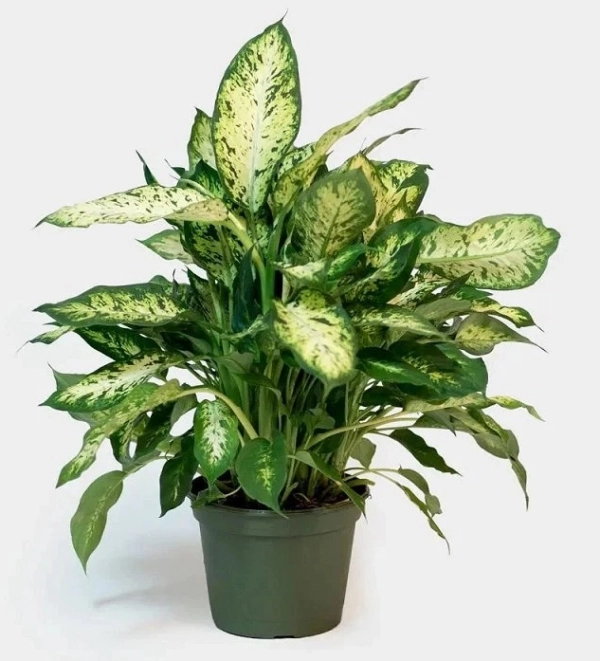
3. Common Types of Dieffenbachia
There are several varieties of Dieffenbachia, with the three most popular being:
- Dieffenbachia Climbing (climbing variety): This climbing plant can attach itself to walls or pillars. Its large leaves feature a mix of dark green and yellow, creating a striking visual appeal.
- Dieffenbachia Amoena: Known for its large, dark green leaves with white veins, this variety is the most commonly grown Dieffenbachia and is a popular choice for indoor cultivation.
- Dieffenbachia Aglaonema: Native to Southeast Asia, this variety resembles Amoena in shape, but its leaves are smaller, the plant is shorter, and the leaf color is paler.
Dieffenbachia offers a beautiful and practical addition to any home, but its toxic nature calls for careful handling to ensure the safety of both humans and pets.
How to Grow and Care for Dieffenbachia at Home
Like many other houseplants, Dieffenbachia can be grown using various methods, from seed propagation to stem cuttings or hydroponics. Each method has its own advantages, allowing growers to choose the best approach based on their conditions and needs.
1. Growing Dieffenbachia from Seeds
To grow Dieffenbachia from seeds, you need to select high-quality seeds that have been treated to prevent pests and diseases. Sow the seeds in nutrient-rich soil, ideally a mixture of soil, coconut coir, and rice husks, which provides the necessary nutrients for the plant’s development. Water the seeds regularly and maintain soil moisture. After 3-4 days, the seeds will begin to sprout.
2. Hydroponic Cultivation
Hydroponics is a simpler method compared to growing from seeds. Choose a Dieffenbachia stem with developed roots and place it in a glass container filled with water and nutrient solution. The water level should cover about half the root length to allow the plant to absorb sufficient nutrients. Place the container in a location with natural light and good airflow. The plant will thrive with minimal care.
3. Propagation by Stem Cuttings
For this method, cut a 12-15 cm section of Dieffenbachia stem and insert it into moist sand. After about four weeks, the cutting will begin to develop roots. Once the roots are strong enough, transfer the plant to a pot with soil and care for it as you would any other houseplant.
How to Care for Dieffenbachia
Proper care after planting is essential to ensure the healthy growth of Dieffenbachia. Here are some basic care tips:
- Watering: Since Dieffenbachia is an indoor plant, it does not require excessive watering. Water it 2-3 times a week to maintain adequate moisture.
- Light: Although Dieffenbachia thrives in partial shade, it still needs light to photosynthesize. Place the plant in natural light a few times a week to keep its leaves vibrant and healthy.
- Fertilization: To ensure the plant grows well, apply fertilizer every 3-4 months to provide additional nutrients.
Common Issues When Caring for Dieffenbachia
Dieffenbachia "communicates" with you through its leaves, helping you identify and address any health problems. Below are some common issues and solutions:
1. Leaves Turning Yellow or Brown
One of the primary reasons for Dieffenbachia leaves turning from green to yellow, then brown, is improper watering—either too much or too little. When the leaves change color, they often fall off the plant. To check soil moisture, insert your finger into the soil up to the first knuckle. If the soil feels wet, delay watering for about a week to allow the soil to dry.
Another reason for yellowing leaves could be nutrient deficiency, particularly nitrogen. While it can be challenging to diagnose this, applying fertilizer can help restore the plant’s health and vibrant color.
2. Drooping Leaves
Dieffenbachia prefers partial shade. If your plant is drooping, it may be receiving too much direct sunlight. Move it to a spot with indirect light to prevent sunburn on the leaves. Conversely, if the plant isn’t getting enough light, the leaves may turn yellow and droop. In this case, relocate the plant to a brighter, yet still indirect, light source to solve the problem.
Another possible cause of drooping leaves is cold temperatures or drafts. Dieffenbachia thrives in warm environments, with an ideal temperature range of 65-75°F (18-24°C). Keep the plant in a stable, warm location, away from cold drafts.
Frequently Asked Questions about Dieffenbachia
Does Dieffenbachia need a lot of sunlight?
Dieffenbachia is a shade-loving plant, but to maintain its vibrant color and ensure healthy growth, it should be exposed to indirect sunlight a few times a week.
Is Dieffenbachia toxic?
Yes, Dieffenbachia contains toxins that can be harmful if ingested by humans. It can cause symptoms such as a burning sensation in the throat, numb lips, diarrhea, and nausea. Additionally, the sap can cause skin irritation and burning if it comes into contact with the skin. Therefore, when handling the plant, it’s recommended to wear gloves and keep children and pets away from direct contact.
Growing and caring for Dieffenbachia not only adds a touch of greenery to your home but also helps improve air quality while creating an aesthetic focal point. However, always be mindful of the plant’s toxicity to ensure the safety of your household.
Tags: Indoor Ornamental Plants | Outdoor Ornamental Plants | Bonsai Plants | Aquatic Ornamental Plants | Miniature Ornamental Plants |











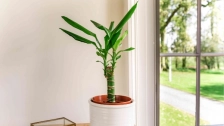
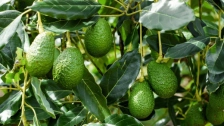
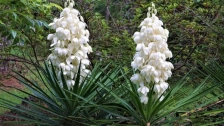






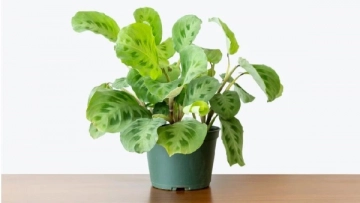

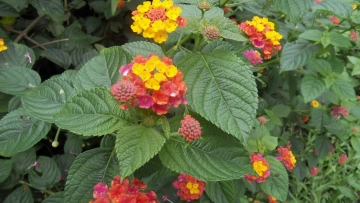
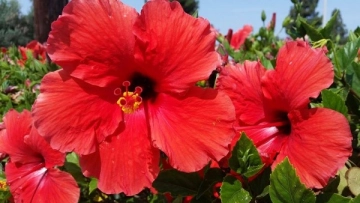
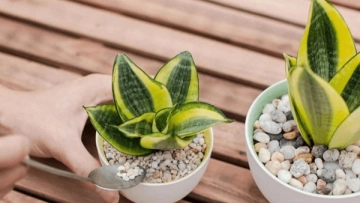
Madeline Anders
September 28 , 2024
Thanh Thao
September 28 , 2024